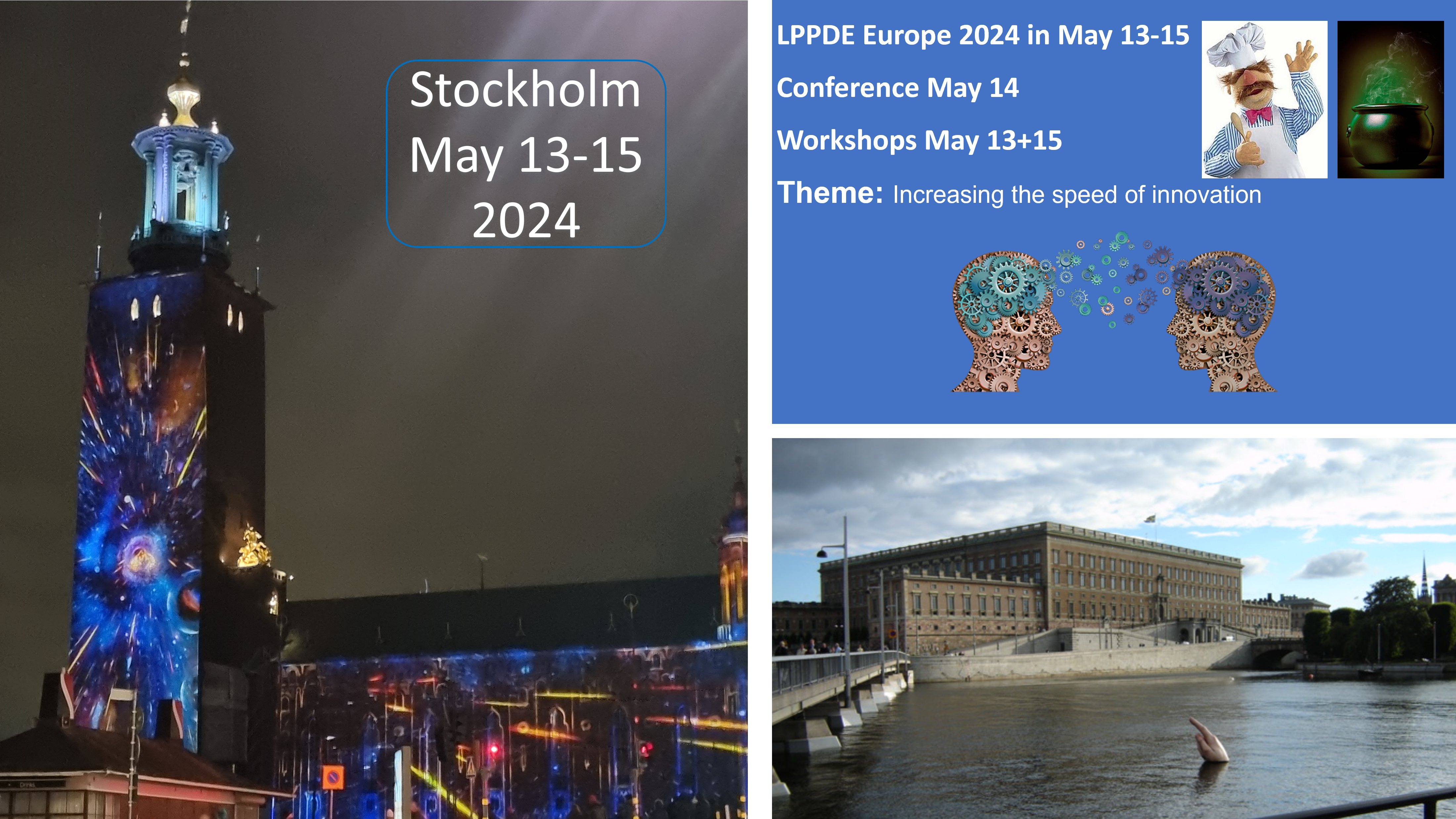Creating and applying new knowledge is the crux of innovation. Since knowledge creation and application require a great deal of learning, it’s no surprise that many leaders in innovation aspire to make their companies “learning organizations.” Peter Senge’s concept of the learning organization emphasizes collective efforts where individuals collaboratively enhance their abilities to achieve meaningful outcomes. Senge identifies five key disciplines within a learning organization: personal mastery, building a shared vision, mental models, team learning, and systems thinking. Set-based concurrent engineering (SBCE) is a deliberate strategy that significantly contributes to the development of several of these disciplines.
SBCE relies on extensive data, learning and knowledge creation to systematically eliminate design options, fostering a thoughtful decision-making process. This contrasts with the more common “point-based” approach in new product development of quickly selecting the best alternative and iterating toward an optimal solution.

Photo by Jason Goodman on Unsplash.
Personal mastery is the ongoing pursuit of self-improvement and the ability to achieve desired outcomes. The organization's capacity to learn is closely tied to the abilities of its members. Personal mastery cultivates commitment, initiative, responsibility, and self-improvement which leads to a pool of well-informed and skilled individuals who can contribute to new innovations.
SBCE significantly enhances individual learning and helps achieve personal mastery compared to traditional point-based systems. In SBCE, team members explore and learn from multiple possibilities concurrently, rather than focusing on just one, which allows them to accumulate experience by developing multiple designs within a single project. Deliberately exploring a wide range of possibilities also equips designers with valuable experience and intuition for navigating the design space as they investigate and comprehend the trade-offs among different alternatives. Moreover, by sharing and discussing each other's sets of possibilities, individuals acquire a deeper understanding of issues relevant to various functions and become more aware of how their own designs impact the broader context.

Mental models encompass our influential, often implicit, beliefs that shape our decisions and worldview. The discipline of mental models seeks to expose, assess, and enhance these beliefs by rendering them explicit. This process leads to expanded perspectives and a willingness to consider alternative viewpoints, which are essential for innovative thinking.
SBCE facilitates the development of more intricate mental models by enabling the exploration of a broader design space. This method paves the way for a more profound comprehension of the intricate relationships among various variables and components within a system. As teams assess different design possibilities, they construct more extensive mental models that encompass how diverse elements interrelate and influence one another compared to approaches that iterate single solutions.
Team learning is a crucial discipline within a learning organization, aiming to develop collective intelligence and enhance coordinated action. Team learning is essential because teams are the fundamental learning units in modern organizations. It addresses complex issues, generates innovative and coordinated ideas, and acknowledges team members' roles in other teams. Effective team learning balances dialogue and discussion, turning conflicts into productive forces.
SBCE also facilitates team learning. The documentation of set-based approaches captures the team's collective experience and insights within the organization, ensuring that valuable knowledge remains accessible even when team members change. In contrast, point-based documentation often lacks comprehensive information, limiting its contribution to organizational learning. Furthermore, discussing sets of designs and their respective design spaces offers an efficient way for different functions to enhance mutual understanding, akin to expanding an organizational “neural network.” This expanded network is vital for fostering organizational learning.
Because implementing SBCE can greatly enhance knowledge integration by fostering personal mastery, evolving mental models, and promoting team learning, it can be a key strategy to transforming your development group into a learning organization.
Sources:
Senge, P. M. (1990). The Fifth Discipline: The Art and Practice of the Learning Organization. New York: Doubleday/Currency.
Sobek, D. K., Ward, A. C., & Liker, J. K. (1999). Toyota’s Principles of Set-Based Concurrent Engineering. Sloan Management Review. 40(2), 67-83.
Feature image: Image source: https://reverscore.com/3-components-learning-organization/
Questions;
Do you agree with how these methodologies are characterized?
What methodology does your organization of visual communitcation?
Join the conversation at our LinkIn group!

Dimantha S. Kottawa Gamage
Ph D. Student at Montana State University
Dimantha S. Kottawa Gamage received his B.S. in Management and Information Technology from the University of Kelaniya, Sri Lanka. With five years of industry experience as a lean practitioner and change agent, he is currently pursuing his Ph.D. in Industrial Engineering at Montana State University. His research focuses on Set-Based Concurrent Engineering.




